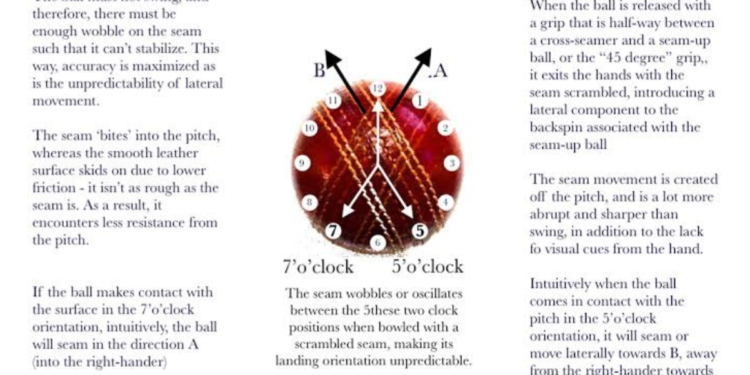Overview of Test Series in Cricket
Test series in cricket are an essential aspect of the sport, providing a rigorous test of skill, endurance, and strategy for players. Typically played between two national teams, test series consist of a predetermined number of matches, usually lasting up to five days each. This extended format allows for multiple opportunities for teams to showcase their abilities and for momentum to shift back and forth over the course of the series.
The tradition of test series in cricket dates back to the late 19th century, with the first officially recognized test match played in 1877 between Australia and England. Since then, test cricket has evolved into the pinnacle of the sport, with series held between the top international teams captivating audiences around the world. Test series are widely regarded as the ultimate challenge in cricket, requiring both physical and mental fortitude from players as they compete for victory over an extended period of time.
History and Evolution of Test Series
Test series in cricket have a rich history dating back to the late 19th century when the first officially recognized Test match took place between England and Australia in 1877. This historic encounter marked the beginning of a tradition that would come to define the sport of cricket globally. Over the years, the concept of Test series evolved as more teams started participating in bilateral series, leading to the establishment of the iconic Ashes series between England and Australia.
The evolution of Test series has seen various changes in rules, regulations, and playing conditions to adapt to the modern demands of the game. From timeless Test matches to the introduction of limited overs cricket, the format of Test series has undergone significant transformations while still preserving the essence of the traditional five-day format. The enduring popularity and significance of Test series in cricket underscore their importance in maintaining the spirit of competition and fostering camaraderie among nations in the cricketing fraternity.
Format of Test Series Matches
Test series matches are typically played as a series of matches between two international cricket teams. Each test match is played over a maximum of five days, with each team having two innings to bat and bowl. The team that scores the most runs in their two innings ultimately wins the match.
Usually, a test series consists of a designated number of matches which are played consecutively over a period of time, often spanning weeks or months. This format allows for a comprehensive examination of a team’s skills and endurance, as it tests their consistency and adaptability across multiple matches under varying conditions. Test series matches are known for their strategic depth and the mental and physical challenges they pose to players, making them one of the most revered and traditional forms of cricket competition.
Importance of Test Series in Cricket
Test series in cricket holds a significant place in the sport as it is considered the ultimate test of a team’s endurance, skill, and mental resilience. Unlike shorter formats of the game, test series require players to display consistency and adaptability over a longer period, ensuring that only the best team emerges victorious. The prolonged nature of test matches allows for fluctuations in performance, showcasing the true character and capabilities of players under various conditions.
The historical significance of test series in cricket adds to its prestige and allure, with avid fans and enthusiasts cherishing the traditions and legacies associated with iconic series. The battle for supremacy in a test series is not merely a contest between two teams but a demonstration of cricketing prowess, strategic acumen, and the ability to withstand pressure in the toughest of circumstances. The reverence for test cricket stems from its emphasis on the purity of the game, where patience, technique, and resilience often triumph over flamboyance and quick results.
Duration and Schedule of Test Series
The duration of a Test series in cricket can vary significantly based on the number of matches scheduled between the two competing teams. Typically, a Test series consists of a predetermined number of matches played over several weeks or months. The duration is determined by factors such as the number of matches, rest days between matches, and occasionally external factors like weather conditions.
The schedule of a Test series is carefully planned in advance by the cricket boards of the participating teams. Matches are often spread out to allow players time to recuperate between games and to accommodate travel between different venues. The schedule takes into account various logistical considerations to ensure that the series runs smoothly and provides a fair opportunity for both teams to compete at their best.























